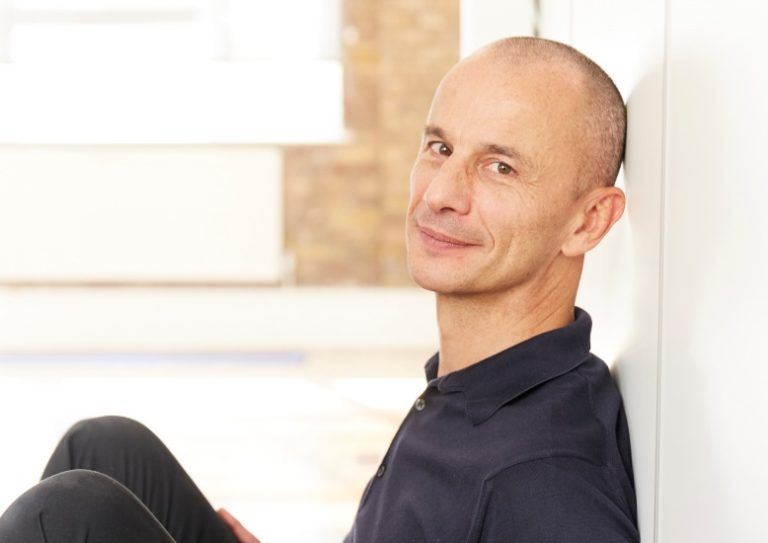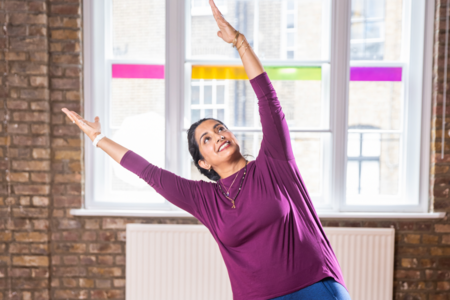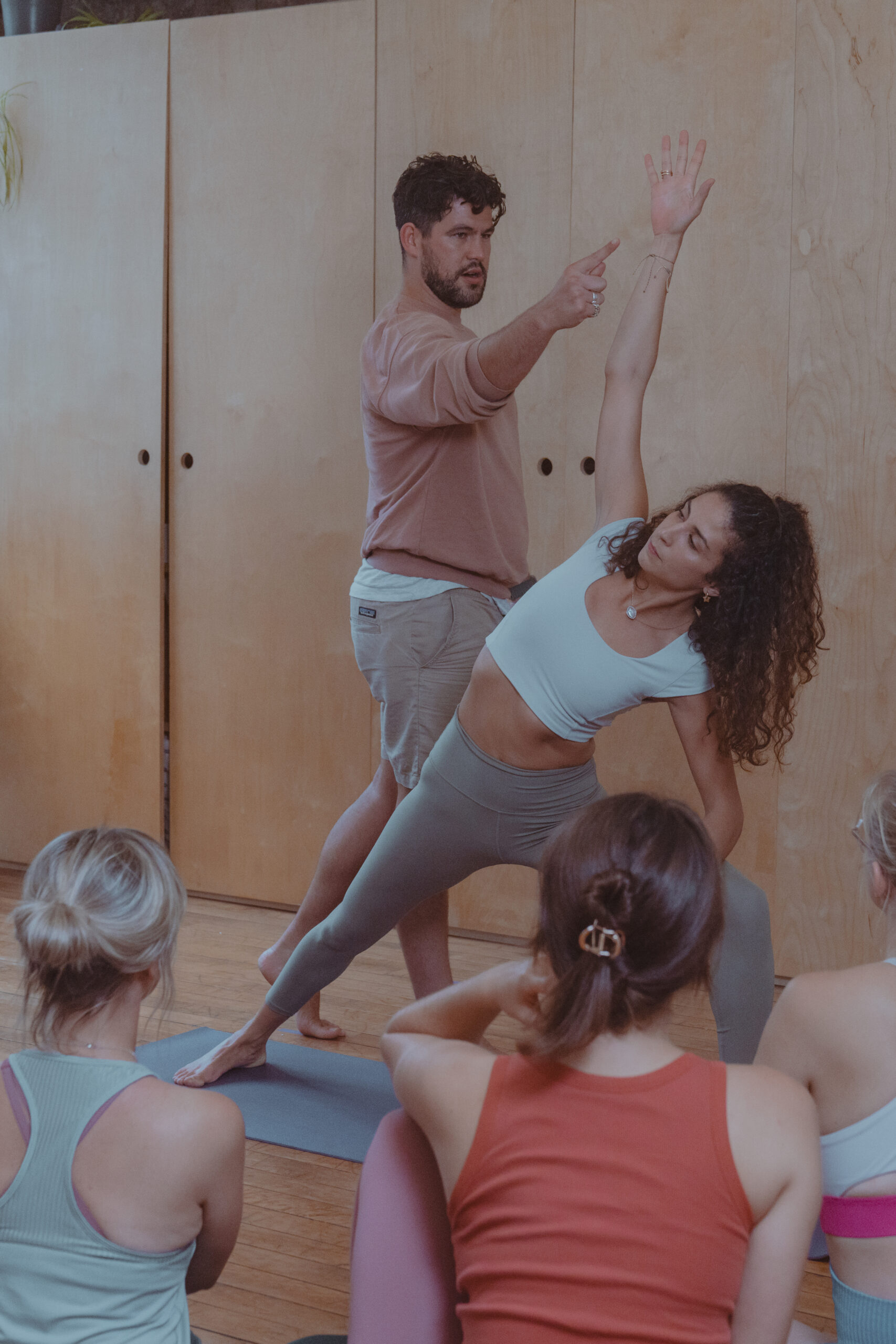Steve Haines has been working as a bodyworker for over 20 years and returns to triyoga on 08th June 2019 for his workshop: “Understanding and breaking cycles of pain: pain is really strange.”
Understanding the science of pain and trauma has transformed Steve’s approach to healing. Here, he looks at four ways to creatively manage pain.
There’s a revolution happening in how we understand pain.
There’s an awful lot of pain around. There was a huge survey done in Europe recently: 1 in 5 people experience chronic pain. They have persistent or severe pain for more than six months. For many of them, the median time was a number of years.
The really exciting news is that there is a revolution happening in how we understand pain.
Pain is a universal human experience.
Everybody knows what pain is, and I think everybody can learn from this new science. The current research can really help us change our idea and experience of what pain is, even really difficult chronic pain.
The central message of the new research is this: pain is a protective feeling or an alarm system that has gone wrong. Short-term it was very useful, but long-term chronic pain serves very little purpose.
We can unlearn the pain habit.
We can train our nervous system to respond differently to the information that’s coming in. By saying “pain involves the brain”, people often feel that you’re saying that it’s their fault. That’s really not what I am saying. I like to talk about the mind, the brain, and the body. The mind is our consciousness, our awareness, our sense of self. The brain is in between the mind and the body. Pain is an output from the nervous system, not an input.
The brain can make mistakes.
It gets into habits or reflexes. Evolution has taught us to respond to the threat of danger very, very quickly, and sometimes in those quick responses, we go down fixed, hard-wired, old patterns that are hard to break out of. But, and this is the important bit, reflexes and habits are responsive to new learning; we can learn to respond differently.
There’s no one answer to pain.
For me that’s very exciting, but it can feel overwhelming and confusing. It implies that creativity, learning to do things differently, is possible.
Whether you’re experiencing chronic pain yourself, or you work with people who do, I invite you to try these four ways you can creatively manage pain:
1) Commit to do something different
Creativity is key when it comes to managing pain. Do something different. Whatever you’ve been doing, if you’re still in pain, it’s not working. Finding new creative responses to the danger signal, rather than going down fixed, hard-wired responses is key.
Try a new approach; move differently, understand differently, feel differently, describe yourself differently.
Understand that reflexes that were useful when you really needed to protect the tissues as they repaired are no longer useful after the tissues have repaired. Tissue repair takes no more than a few months. In chronic pain the nervous system needs recalibrating.
2) Remember that all feelings are negotiable
All feelings are negotiable. Even the most intense feelings of pain, fear, tiredness and, even air-hunger (the urge to breath), are perceptions inside you. Alex Hutchinson in his book ‘Endure’ shows that our supposed physiological limits are deeply dependant on context and prior learning.
With practice, it is possible to modulate, and eventually shift, even the most stuck and scary feelings inside you. This is a radical concept, but it is a consistent theme emerging from researchers in pain, tiredness, breathing and anxiety.
Pain isn’t about tissues. It’s about an alarm system in the nervous system that’s exaggerated and is no longer accurate about the state of the tissues.
3) Learn your baseline sensations
Start by learning to feel the baseline sensations of the size, shape and weight of your body. Establish feelings of safety and health, even if they are only hinted at or feel very far away. Dig deep, it can be tricky if you have been disconnected from feeling for a while.
Try to remember peak experiences in your life. How do you know what joy and ease feel like? You are not alone if finding simple words for sensations is hard at the start, most of my clients struggle initially.
4) Be curious
Once you have a baseline of resourcing feelings, be curious about the scary, difficult stuff. Go slow, take breaks and always make sure you have part of your awareness anchored in your resources.
Don’t grab on to the feelings and don’t try and change them. Just be curious. “This is how my body feels right now.” “This is me right now.” Appreciate that your body and brain are working hard to protect you, but sometimes they get stuck with noisy alarm signals and difficult action patterns.
Try negotiating with what you feel from a place of curiosity rather than fear. Paradoxically, just noticing intense sensations from a safe perspective is frequently enough for them to change.
Good luck, you might be surprised.
Education is a central tool in changing pain, and it’s important to find creative ways of explaining how pain works. That’s why I’m offering my upcoming workshop.
I would offer that everybody should be able to stand, walk, sit, and sleep, without issues. You might not be able to run a marathon anymore, and you might not have the best tennis serve that you had when you were in your 20s, but ordinary movements of sitting, standing, walking, lifting your shopping; it’s actually often possible to get people to a place where they can do those everyday functions with ease reasonably quickly. That makes a huge change in happiness and vitality.
Whether you’re currently experiencing pain, or you want to bring creative approaches to managing pain for your clients, I invite you to join me.










